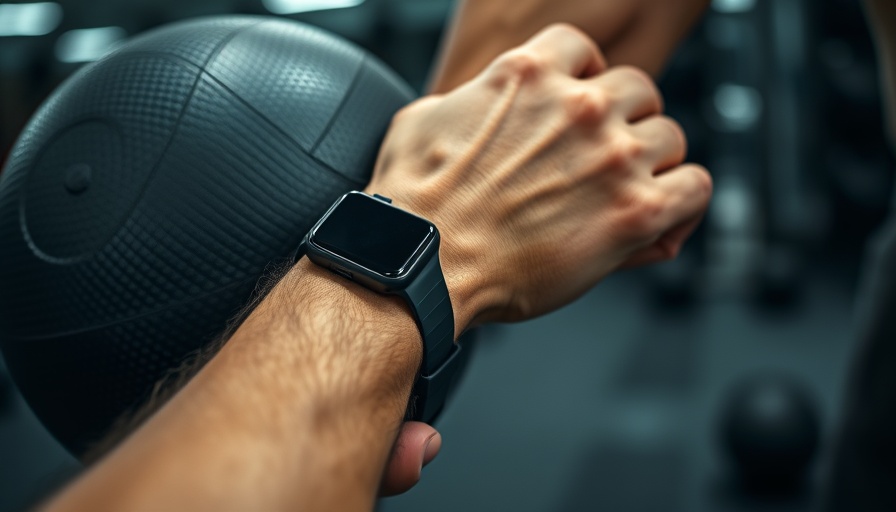
The Best Garmin Alternatives: Embrace Your Fitness Journey
For digital nomads striving to maintain a healthy lifestyle on the go, finding the right fitness tracker is essential. While Garmin dominates the market for GPS watches, it's crucial to remember that numerous alternatives can meet your fitness needs effectively. Today, we explore eight standout competitors that could be better suited for specific activities, whether you're a runner, a gym enthusiast, or simply want to track your daily wellness.
Why Look Beyond Garmin?
Garmin has built an impressive reputation by offering rugged devices packed with features and precise tracking. However, these devices may not suit everyone's needs. Many users might seek simpler, more focused wearables that offer quality over an abundance of features. Understanding the essence of different devices is key to optimizing your fitness journey.
Top Picks for Specific Activities
Here are some of the top fitness trackers that have been found to rival Garmin's offerings:
- For Running: The Coros Pace 3 stands as a fantastic option, specifically engineered to meet the needs of runners looking to track pace, distance, and heart rate without unnecessary frills.
- For Outdoor Activities: The Amazfit T-Rex 3 combines affordability with durability, featuring military-grade toughness for all your adventurous outings.
- For Strength Training: The Apple Watch Ultra 2 leads the pack with its extensive health metrics and apps designed for fitness tracking, catering specifically to strength athletes.
- For Walking: If casual walking is your style, the Fitbit Charge 6 seamlessly integrates everyday tracking with ease of use.
- For All-Day Use: The Google Pixel Watch 4 brings versatility, effortlessly transitioning between health and lifestyle tracking features.
Choosing the Right Display for Your Fitness Goals
Understanding how watch displays affect usability is vital. Garmin typically employs transflective displays, ideal for outdoor visibility and extending battery life. In contrast, brands like Apple feature AMOLED screens, which are visually striking but consume battery much faster. Depending on whether you're primarily a runner training outdoors or someone who hits the gym, the choice of display could significantly impact your usage experience.
Health Metrics and Tech Capabilities
When choosing a fitness tracker, consider what features are non-negotiable for you. Garmin excels in performance metrics like VO₂ max, particularly appealing for performance-oriented athletes. However, brands such as Apple or Samsung may offer superior health monitoring capabilities, including ECG and various wellness apps. The key is selecting a device that aligns with your unique tracking requirements.
Conclusion: A Call to Action for Health Awareness
As a digital nomad, prioritizing your health is paramount. Discovering fitness trackers that align with your lifestyle while offering reliable performance can make a significant difference. Remember to explore beyond Garmin. Choose wisely, track effectively, and enjoy a fulfilling wellness journey on the road!
 Add Row
Add Row  Add
Add 




Write A Comment